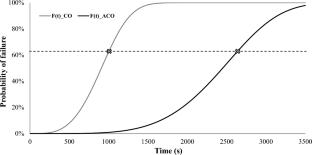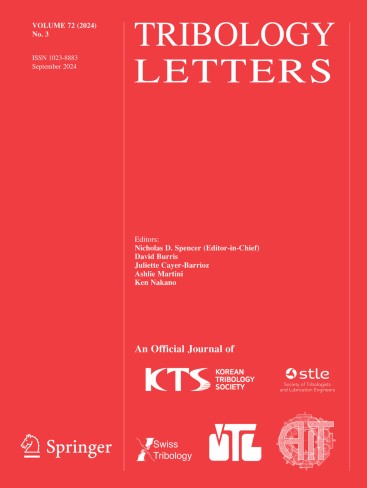Defining Scuffing Phases via Friction Evolution and Surface Analysis Through Experiments Using Castor Oil Biolubricant
Abstract
Scuffing is a severe wear mode that occurs under boundary lubrication. This wear mode remains challenging to predict, and no objective criteria have been established in the literature to characterize the evolution of the phenomenon across the distinct phases of frictional behavior. This study proposes a quantitative method to characterize the three typical scuffing phases (stable, incipient, and severe) based on friction force evolution. Block-on-ring tests were conducted using SAE 52100 steel and two biolubricants: pure castor oil (CO) and aminolyzed castor oil (ACO). A mathematical approach was developed by analyzing the variation of friction force (delta friction) across discretized time intervals. Real-time imaging enabled direct correlation between friction behavior and surface damage. SEM/EDS analyses revealed that the material accumulated during severe scuffing consisted of oxidized oil and steel particles. The dynamic of formation and destruction of these accumulated material explains the observed friction instabilities. The proposed method successfully identified all scuffing phases across tests and was validated by consistent morphological and chemical evidence. ACO significantly increased the time to reach severe scuffing compared to CO, with results confirmed by Weibull statistical analysis. The approach presented herein provides a robust and replicable framework for scuffing characterization and supports the application of chemically modified biolubricants as sustainable alternatives with enhanced tribological performance.


 求助内容:
求助内容: 应助结果提醒方式:
应助结果提醒方式:


